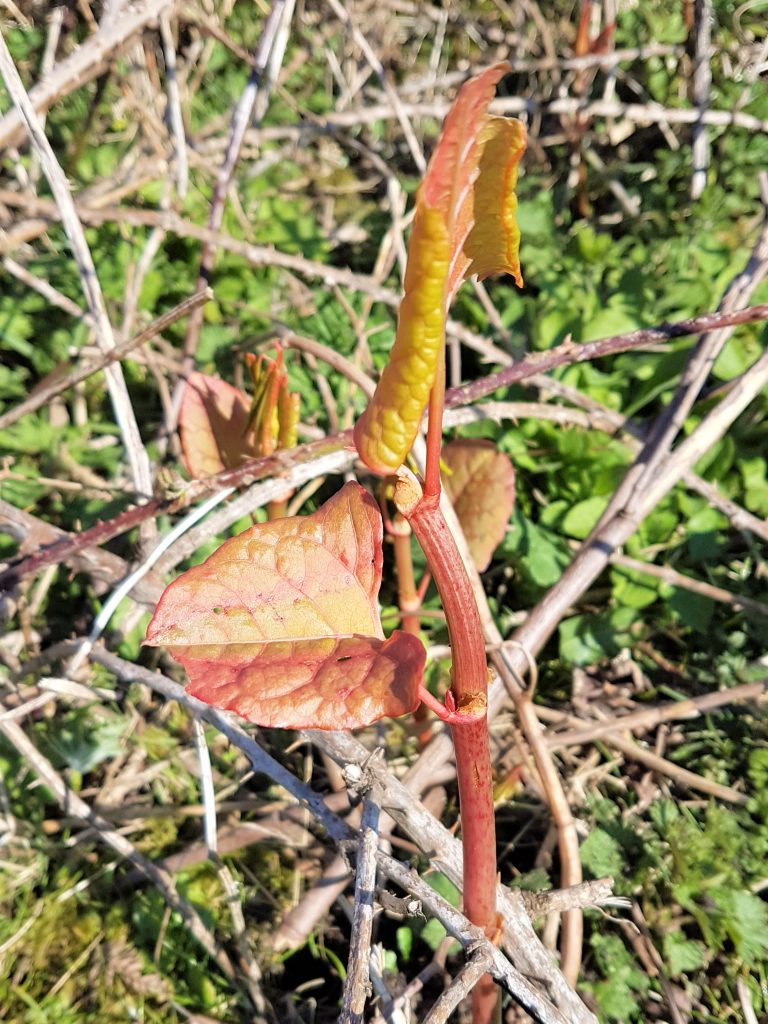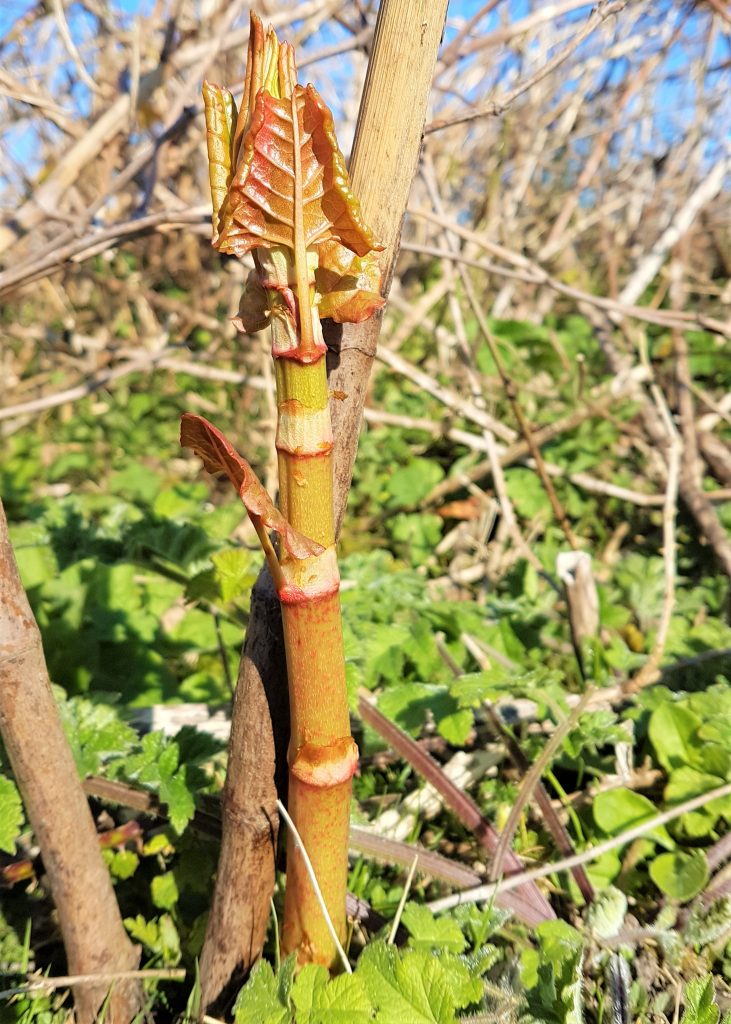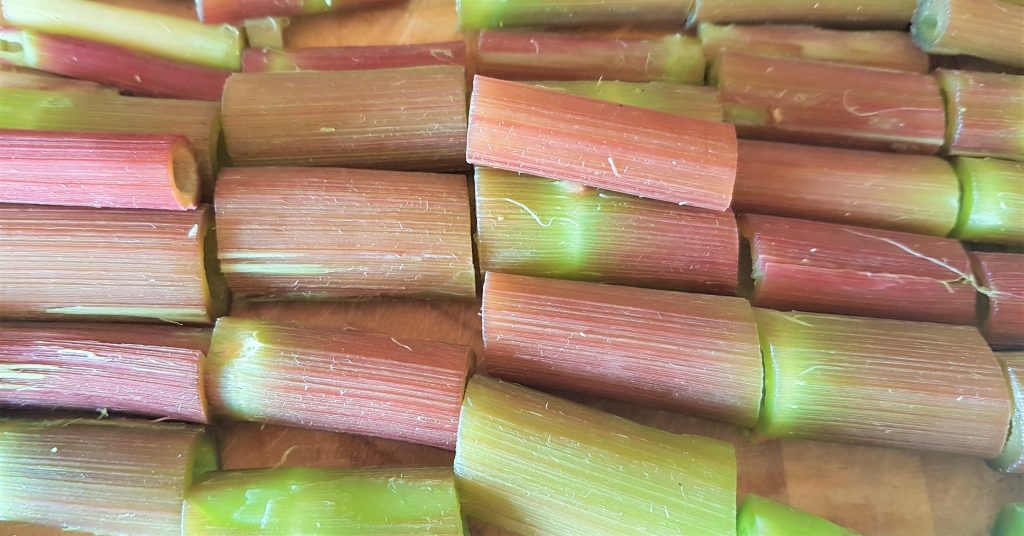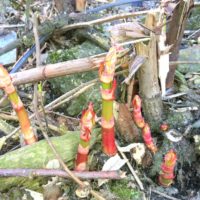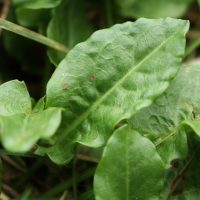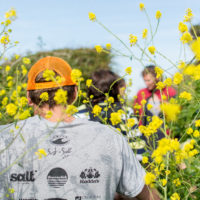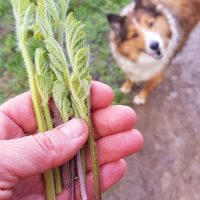Tricks for making Japanese Knotweed edible
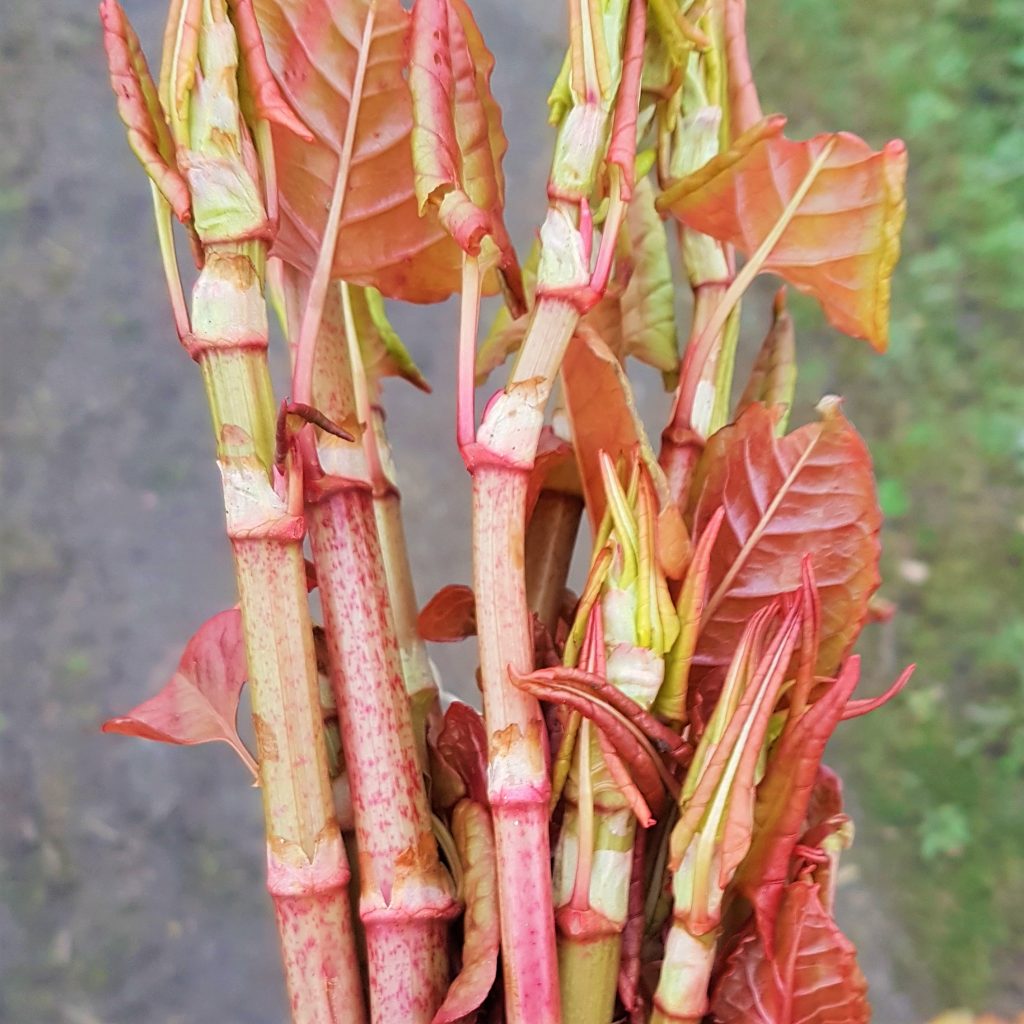
Japanese Knotweed (Fallopia japonica) is considered a very invasive weed in many parts of the world, including across Europe.
Here I share tips on how to turn this invasive plant into a tasty food, including information on how to do this safely and legally. I share the when, how, what and why of cooking and eating this plant. In the UK you can be fined for encouraging the spread of this plant, but not fined for eating it! Just follow these guidelines first.
Ooh, plus a simple Japanese compote recipe to get you started.
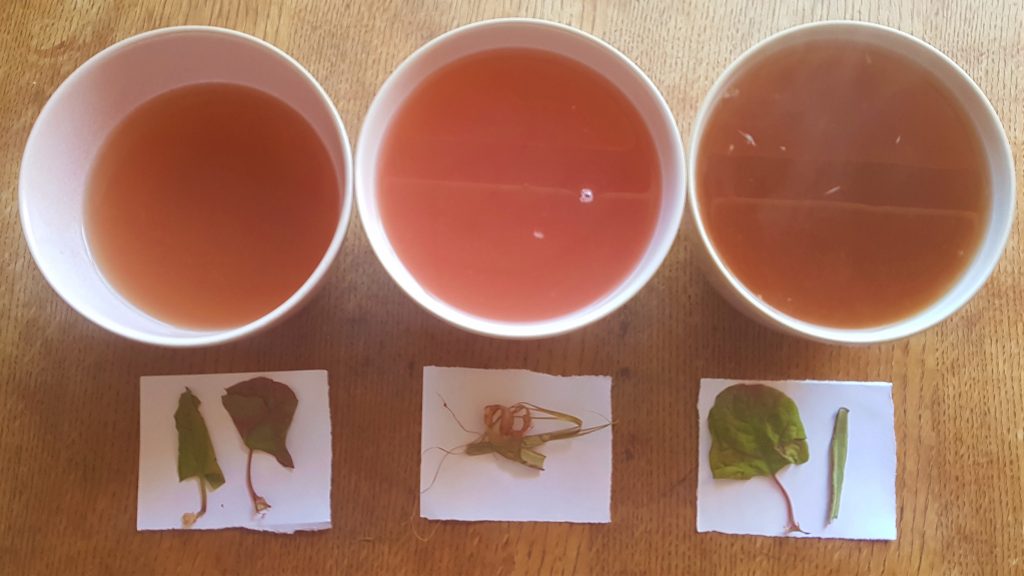
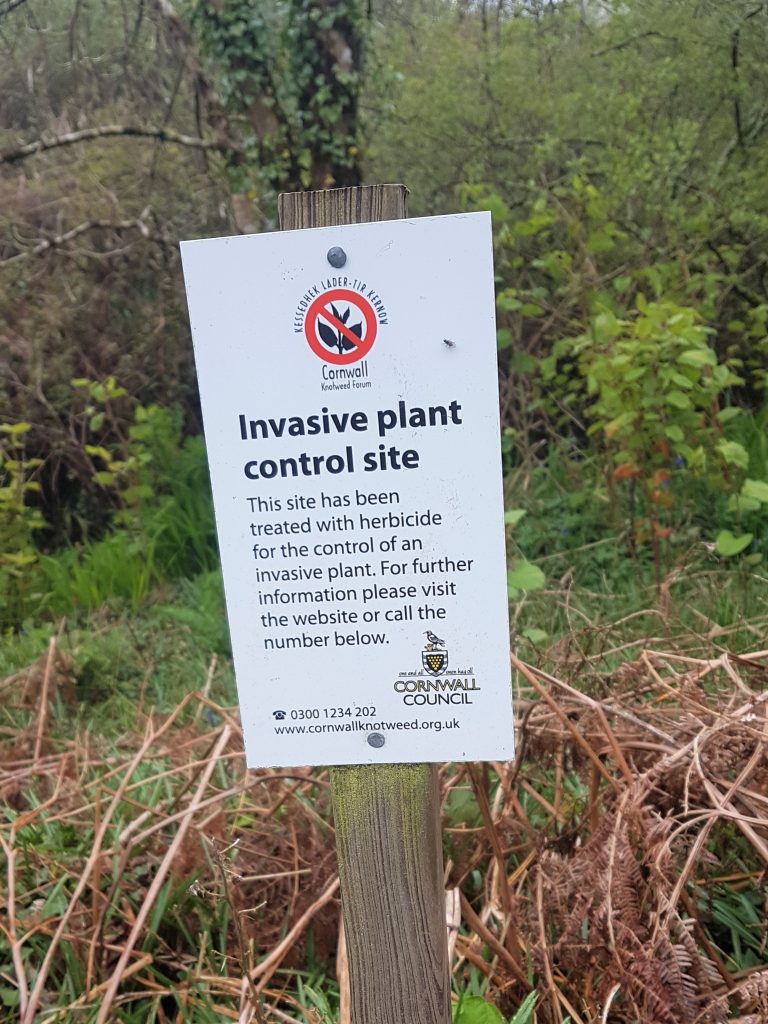
When to harvest
Japanese Knotweed is ready to harvest in Spring. It can grow fast, up to 30 cm a day, so if the tips are too small just return a day or two later.
It is important that you know the plant hasn't been sprayed or treated. Here in the UK, treated sites are often sign-posted to protect people and animals, but this is not always the case. If you are not sure, then don't pick the plant.
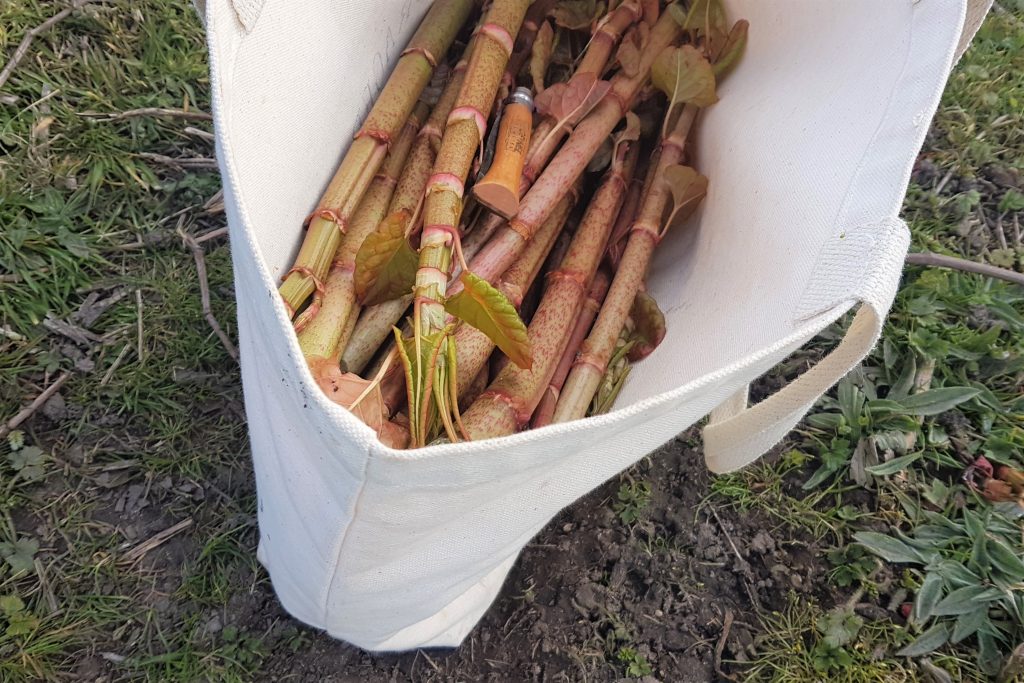
How to harvest Japanese knotweed
It is paramount that you don't spread this plant at any stage of processing it. I normally cut the stems and put them straight into a deep, solid bag. A basket isn't appropriate for this plant, as bits may fall out and it can regenerate from a single, tiny piece.
It is best harvested when it is 1-2 ft in height, see notes below on preparing the plant as a food.
Heath benefits of Japanese knotweed
Japanese knotweed is a member of the Buckwheat family and is also known as Donkey rhubarb. Some of its other names include; Fleece Flower, Monkeyweed, Himalayan Fleece Vine, Tiger Stick, Sally Rhubarb, Mexican Bamboo, and Huzhang.
It has a sour flavour, similar to rhubarb, which also tells us it is full of vitamin C. As well as being high in vitamin C, it contains good amounts of vitamin A and may help regulate blood sugar.
How to prepare Japanese knotweed
You'll need 2 containers when you prepare this plant. One for eating, one for disposing of. The leafy tops can be bitter, so are best removed and the very base can be too fibrous. Remember to contain every part of the plant so it can't reproduce. I simmer up the bits I don't use, let them cool, then bin them.
You don't need to peel all of the outer fibre off, just the main bits. Or don't peel at all, and push the cooked stems through a sieve, discarding the fibre afterwards.
So, to summarise, discard the tops, leaves and bottoms, plus fibre (before or after cooking).
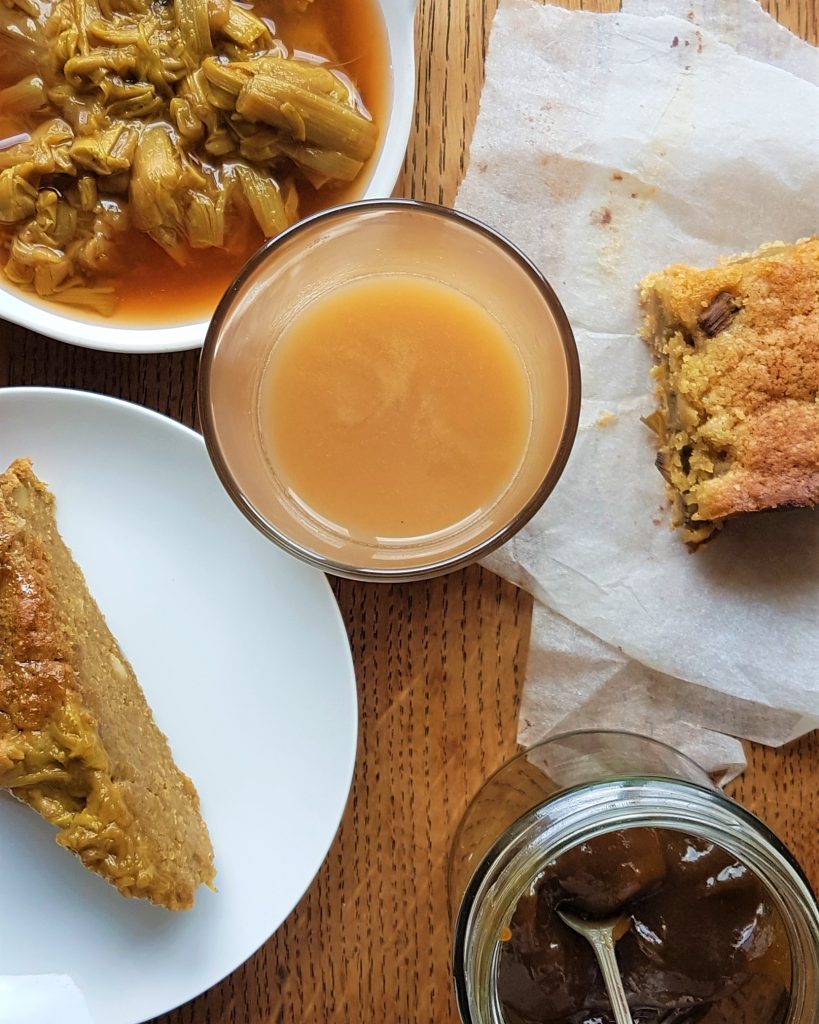
How to cook Japanese knotweed
Recipes to follow, I promise! Meanwhile, here's are my recommendations for using Japanese knotweed instead of rhubarb compote in recipes.
- 300 g Japanese knotweed, trimmed and peeled
- 60 ml (4 tbsp) water
- 50 g soft brown sugar
Chop the knotweed up into small chunks and place in a small to medium saucepan with the water. Place over a medium heat and simmer for 5-10 minutes with the lid on. Stir if necessary. You'll now have a pulp to sweeten, start with about 50 g of soft brown sugar and stir in until dissolved. Stir into yoghurt or have with hot porridge or alongside a moist fruit cake.
Japanese knotweed recipes
For a few other ideas, such as Japanese knotweed fool, Japanese knotweed muffins and Japanese knotweed crumble, you might want to my this post; Eating Japanese knotweed.
Leave a Reply
Tags: Fallopia japonica, Invasive weeds, Japanese knotweed, safe foraging, spring weeds, wild food
